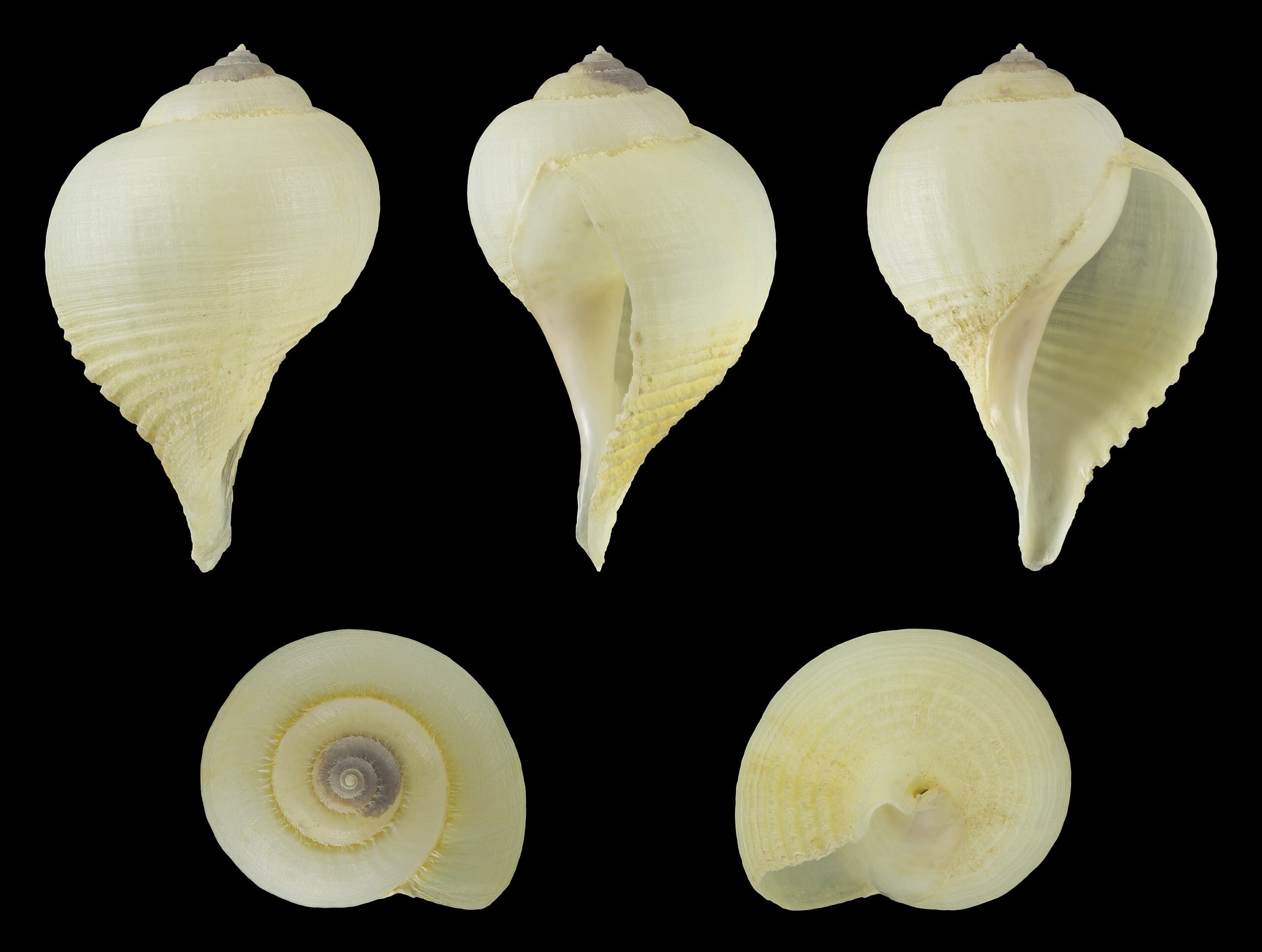Common name: Yellow Turnip
General Information
The Yellow Turnip (Rapa incurva) is a parasitic snail notorious among reefkeepers for its destructive behavior. This small, inconspicuous gastropod is a bane to leather coral enthusiasts, as it bores into soft corals such as Sarcophyton and Sinularia species, consuming them from the inside out. Its name, "Yellow Turnip," derives from its yellowish, bulbous shell, which often blends seamlessly with the coral it inhabits, making it difficult to detect.
While not a species aquarists intentionally keep, the Yellow Turnip is a fascinating example of parasitism in marine ecosystems. Its presence in a tank can serve as a warning sign of potential coral health issues, as it often targets weakened or stressed corals. However, its destructive nature makes it a pest rather than a welcomed addition to any aquarium.
Details
- Estimated price
- Unknown Not available in trade
- Recommended minimum volume
- 20 liter (5.3 gallons)
- Salinity
- S.G. 1.023 to 1.026
- Temperature
- 24 to 27 °C (75 to 81 °F)
- Acidity
- pH 8 to 8.5
- Average size
- 2 cm (¾″)
- Care level
- Very difficult Specific diet requirements
- Pest
- Yes Parasitic to leather corals, causing tissue damage and death
- Diet
- Corallivore Feeds on leather coral tissue
- Reefsafe
- No
- Aggression
- Peaceful Non-aggressive but highly destructive to corals
- Captive bred
- No
Taxonomy
- KingdomAnimalsAnimalia
- PhylumMollusksMollusca
- ClassGastropodsGastropoda
- OrderNeogastropodsNeogastropoda
- FamilyMurex SnailsMuricidae
- GenusMurex SnailsRapa Röding, 1798
- SpeciesYellow TurnipRapa incurva (Dunker, 1852)
- SynonymsBulbus incurvus Dunker, 1852
- Source: GBIF | Global Biodiversity Information Facility
Behavior and Compatibility
The Yellow Turnip is a solitary parasite that spends most of its life hidden within the tissues of its host coral. It is not aggressive towards other tank inhabitants but poses a significant threat to leather corals. Once it establishes itself within a coral, it begins feeding, often leading to the coral's decline and eventual death if not removed.
Due to its parasitic nature, the Yellow Turnip is incompatible with reef tanks aiming to maintain healthy coral populations. Its presence can quickly devastate a collection of leather corals, making early detection and removal critical.
Health and Common Issues
Detecting the Yellow Turnip can be challenging due to its ability to camouflage within its host coral. Signs of infestation include tissue recession, unusual bulges in the coral, and a general decline in the coral's health. If left unchecked, the snail can cause irreparable damage to the coral.
Manual removal is the most effective method of dealing with this pest. Carefully inspect corals for signs of infestation and remove the snail using tweezers or a similar tool. Quarantining new corals before introducing them to the main tank can help prevent the introduction of this parasitic snail.
Habitat
In the wild, Rapa incurva is found in tropical and subtropical reef environments, where it targets soft corals as its primary hosts. Its natural distribution includes regions of the Indo-Pacific, where leather corals are abundant. The snail's ability to blend with its surroundings and its parasitic lifestyle make it a challenging species to study in its natural habitat.
